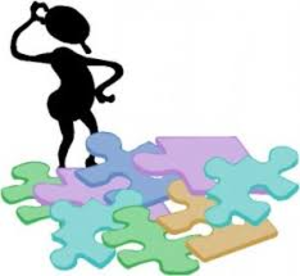Issue Analysis

A process for understanding a complex problem situation
Goal
Participants analyse a situation that is vague and unstructured, with many component parts, and organise it into manageable pieces.
Materials
Instructions
During
Procedures:
1. State the Issue
In concise terms, state the situation causing the group to act. You may also ask "Why are we having this meeting?" to help identify the "issue".
2. Separate the Issue
Brainstorm ideas about the issues and challenges of the situation. Structure the brainstorm by beginning with "I wish...." or "How to....". This encourages people to be focused and future oriented.
3. Synthesize into Main Themes
Synthesize the brainstormed ideas into themes. A useful theme statement is one that a person who has not been involved in the discussion can understand.
4. Prioritize
Use the criteria:
- How serious is this? (H-M-L)
- How urgent is this? (H-M-L)
- How fast is it growing? (H-M-L)
Prioritise each theme into one of the following:
A1 - Absolutely essential to our ability to address this issue.
A - Urgent
B - Of concern
C - Unimportant
5. Establish Next Steps
Decide on the next step to be taken with each theme. It may be another issue analysis, an action plan or some other process.
Attachments
- image_2021-04-10_193708.png
Background
Source: Mr. Paul H.J. Cormier
Mr. Paul H.J. Cormier developed the process.